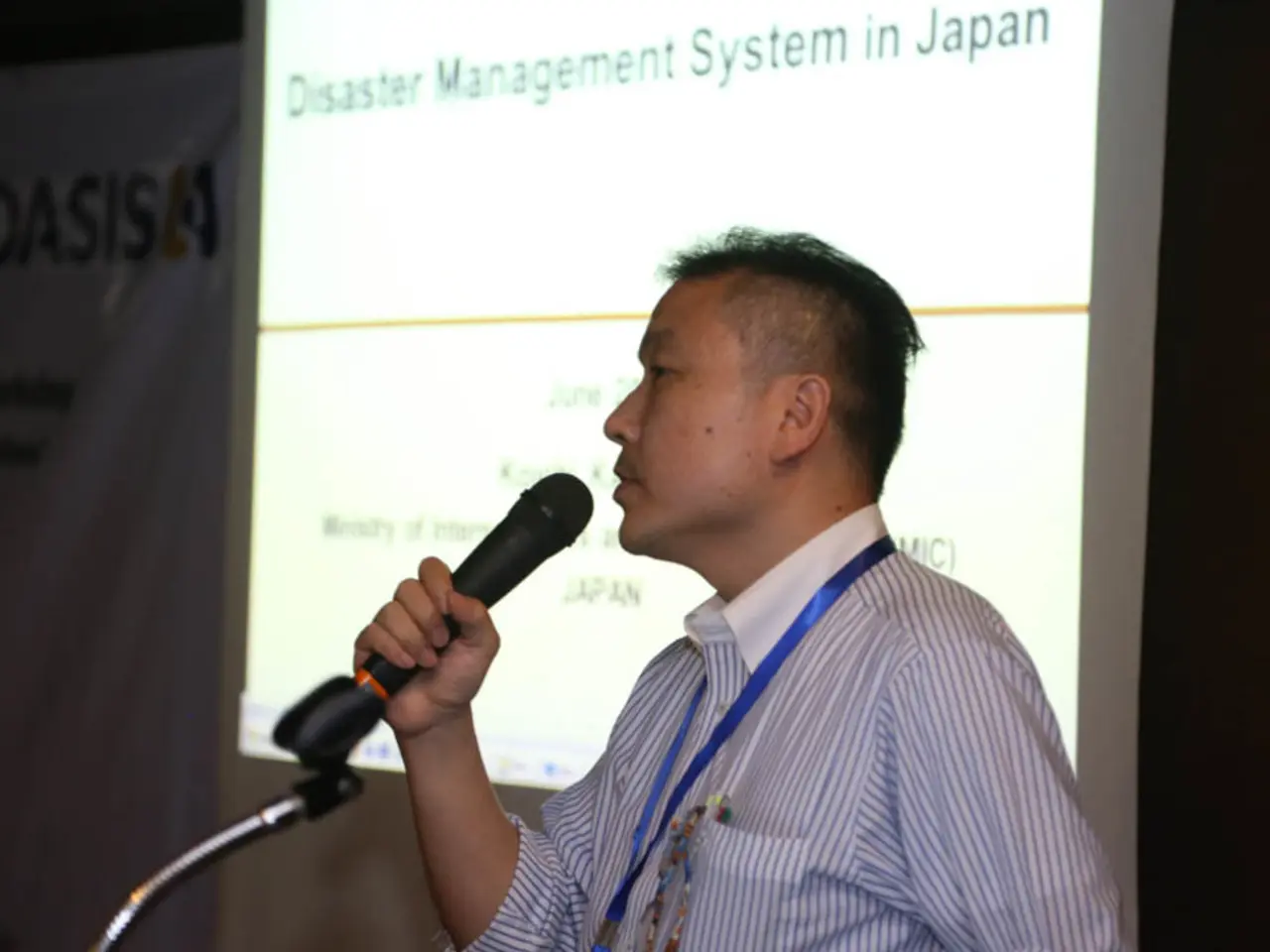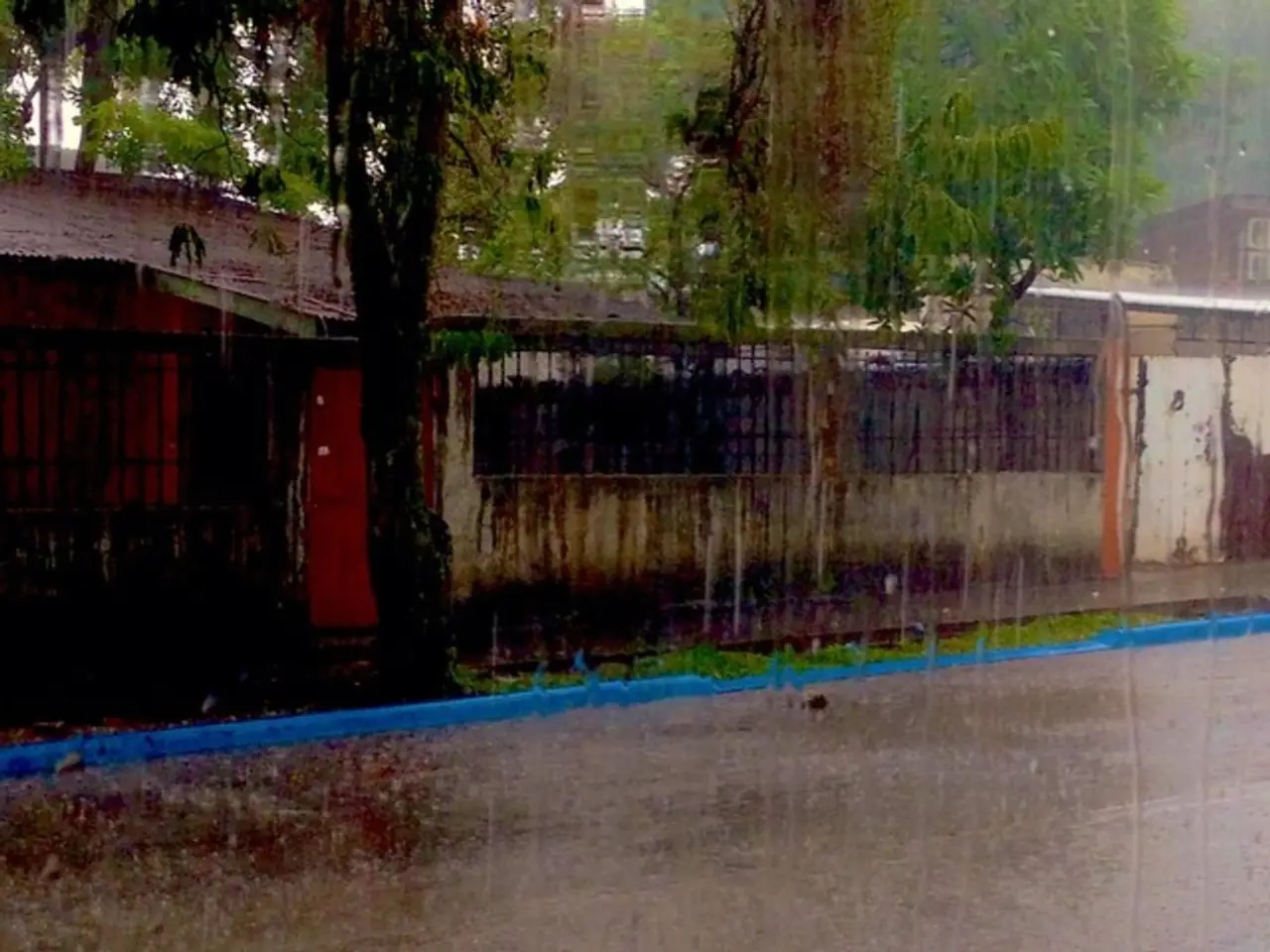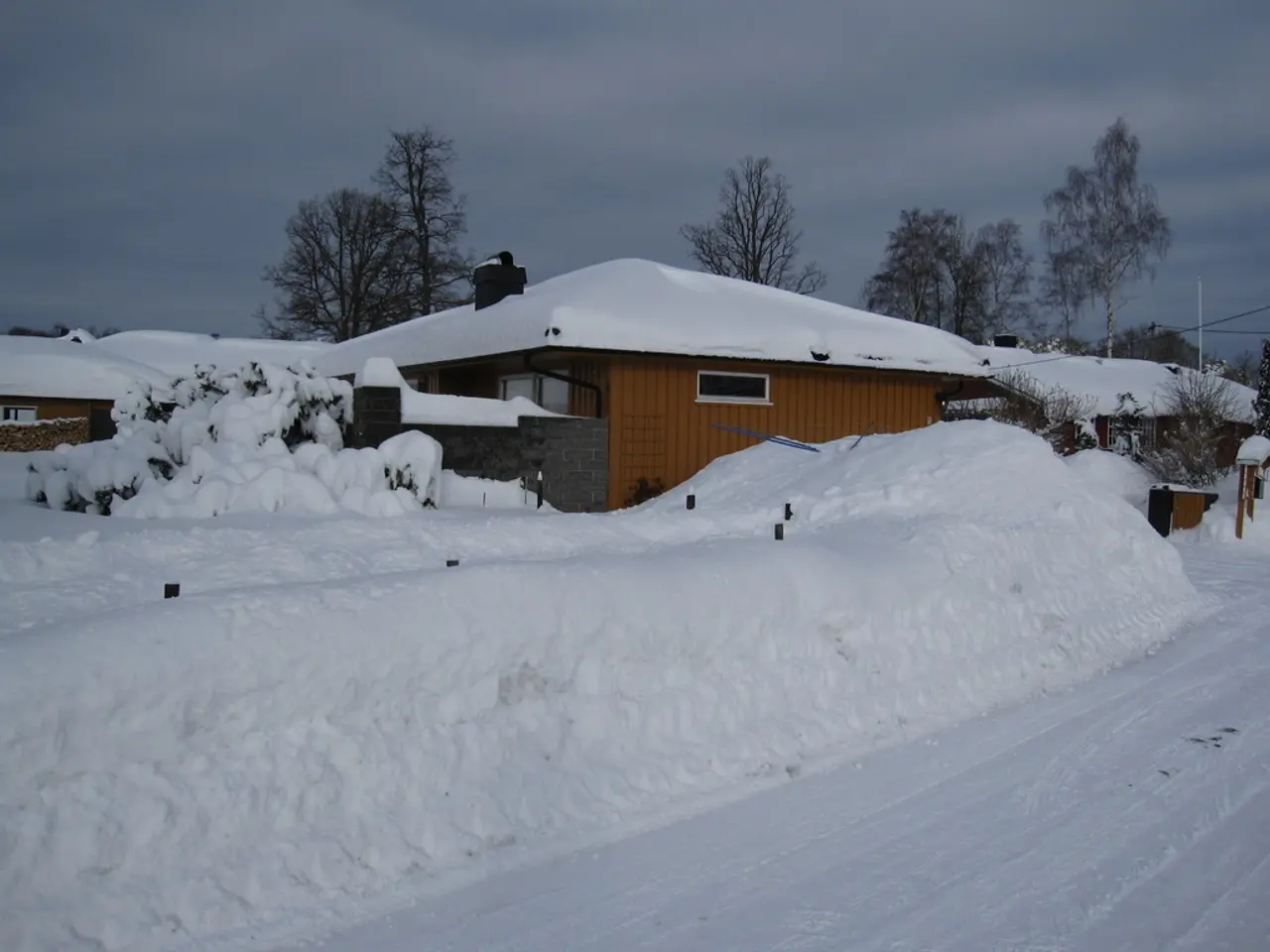Intense downpours pummel southern Japan, instigating floods and landslides
Heavy Rain and Flooding Strike Kyushu, Japan
Torrential rain has been pounding the southern Japanese island of Kyushu since August 10, 2025, causing severe flooding and landslides that have resulted in at least two confirmed deaths, several others missing, and multiple injuries.
The Japan Meteorological Agency (JMA) has predicted heavy rainfall and thunderstorms through Friday in Kyushu due to a low-pressure system. The agency's official, Shuichi Tachihara, has warned of a growing risk of disaster and urged residents to take early precautions.
In response, the Fire and Disaster Management Agency has issued evacuation advisories to over 360,000 people in Kagoshima prefecture and neighboring Miyazaki. Residents in parts of Kyushu are seeking shelter due to the rain, and the heavy rain has paralyzed local transportation, halting trains and buses.
The rain has triggered floods and landslides in Kyushu. In Aira city, Kagoshima prefecture, a mudslide hit a house, burying two people who were rescued alive. The rescued individuals were taken to a hospital. Muddy water is gushing down swollen rivers, as shown in television footage.
In Kirishima city, floodwater reached knee level at a shopping mall. Dozens of flights in and out of Kagoshima have been canceled due to the heavy rain.
The rainfall has been particularly intense, with some areas like Tamana city in Kumamoto prefecture recording 37 cm of rainfall in six hours. Kumamoto received about 400 mm in 24 hours, setting local records.
The saturated ground has caused numerous landslides in mountainous areas such as Kumamoto, leading to missing persons reports. Emergency teams continue to search for missing individuals, with some rescues successful.
Prime Minister Shigeru Ishiba's government has mobilized resources and ordered damage assessments. Major infrastructure like Kyushu’s high-speed rail networks have been severely disrupted.
Experts note that these extreme rainfall events are increasing in frequency due to climate change combined with regional weather patterns, heightening landslide risk in steep, waterlogged zones.
The Japanese government has set up a task force for emergency response and support. Residents are urged to stay informed and follow evacuation orders as the situation continues to develop.
Environmental scientists are monitoring the impact of heavy rain and flooding on Kyushu's ecosystem, concerned about the potential long-term effects on the region's weather patterns.
The heavy rainfall in Kyushu, caused by a low-pressure system, is a case study for scientific research in the field of environmental science, shedding light on the increased frequency of extreme weather events due to climate change.








